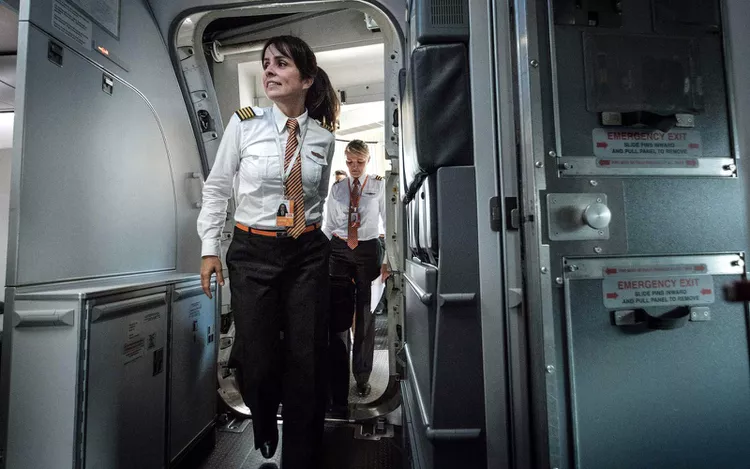The Unique Language of Pilots: Understanding Pilot Speak
Pilots possess a distinct language crafted to convey intricate messages succinctly and clearly. In the bustling skies filled with numerous aircraft, air traffic control (commonly referred to as “ATC”) communication can become hectic. Consequently, “pilot speak” serves as an essential tool to eliminate confusion and enhance clarity.
The Origin of Pilot Speak
Many terms used in aviation originate from military jargon, having been standardized by the Air Force. Furthermore, specific terms have emerged within the realm of commercial aviation. English, being the official language of aviation, forms the foundation of all pilot slang, ensuring that ATC personnel globally comprehend these phrases.
Insights from a Seasoned Pilot
According to pilot Chris Manno, the everyday vernacular of pilots may not align with the portrayals seen in films.
He clarifies that “‘Roger’” signifies “received,” or “I heard you,” rather than the Hollywood interpretation of “yes.” In contrast, “‘Wilco’” stands for “will comply.” To reduce misunderstandings, pilots employ the standard phonetic alphabet. Manno emphasizes that efficiency and clarity are crucial in military flight communications and should also be prioritized in civil aviation. Moreover, experienced ex-military pilots strive for brevity in their communications.
Communication Styles Among Pilots
Interestingly, Manno notes that some pilots with civilian backgrounds may exhibit more verbosity, often incorporating pleasantries like “Good evening, Center,” into their communications, which can contribute to congestion on the frequency. Additionally, novice pilots might demonstrate an eagerness to communicate extensively.
“Some pilots, especially those new to the field, may favor aviation clichés—phrases such as ‘Roger that!’—but the seasoned ones typically refrain from such expressions,” he explains. Having been a pilot for 39 years, Manno consciously avoids engaging in what he describes as “pilot theater.”
A Caution for Aviation Enthusiasts
Manno also provides a cautionary note for civilians, particularly those who monitor flights through flight tracking applications: “The challenge for aviation enthusiasts and passengers arises when they attempt to interpret aviation discussions using a layperson’s perspective, which often diverges significantly from actual conversations in the cockpit.”
In summary, understanding the language of pilots not only fosters appreciation for their communication methods but also highlights the importance of clarity and efficiency in aviation. The simplicity of pilot speak is crucial for ensuring safety in the skies.




